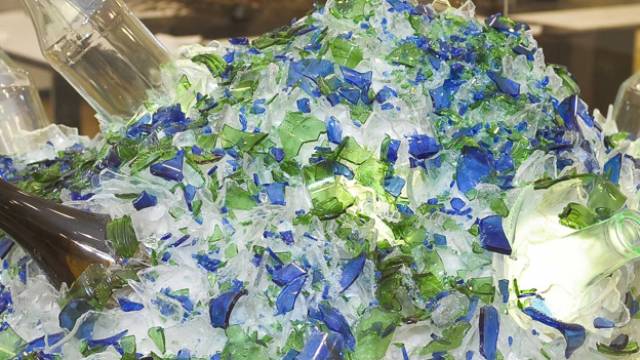“Last year, more than 25 billion bottles and jars were collected in Europe. Even if almost 100% of the glass collected is used, the vast majority of it, more than 80%, is actually recycled in a bottle-to-bottle production system supporting a circular economy,” says Adeline Farrelly, FEVE secretary general.
The most recent report from the European Container Glass Federation (FEVE) concerns strategies for increasing the collection of glass in Europe, and was released by the Association of Cities and Regions for Recycling and Sustainable Resource Management (ACR+).
According to the Good Practices in Collection and Closed-loop Glass Recycling in Europe report, separated waste collection schemes should be widely supported if Europe is to build a closed loop process for glass packaging.
The report, which is based on the study of eight different glass collection programmes, states that Europe needs to use its resources more sparingly by recycling more.
The report concludes that only glass bottles and jars collected separately will result in both a higher quantity and quality of post consumer glass cullet.
Even if glass is a highly recycled material in Europe, the study stresses that more can be done. “Last year, more than 25 billion bottles and jars were collected in Europe, while close to 100% of the glass collected is used, the vast majority of it, more than 80%, is actually recycled in a bottle-to-bottle production system supporting a circular economy,” says Adeline Farrelly, FEVE secretary general. “The better the quality of the glass collected, the more we can recycle in a bottle-to-bottle system. This type of glass recycling is not only a local industry, but also brings major economic and environmental benefits. We strongly support the findings of this timely study which underpins the importance given to recycling in the EU’s waste hierarchy.”
The ACR+ study identifies eight programmes as key drivers to improving glass recycling efforts. In separate collection systems the processed material is of better quality to meet the specifications necessary for the bottle-to-bottle production and is cost competitive in relation to the use of virgin raw materials.
The report also considers that other systems, such as commingled collections, can be too costly or provide glass only suitable for low-grade applications such as aggregate.
“We need a more integrated approach with all the stakeholders along the chain, including citizens and make more sustainable waste collection decisions in the future,” says Olivier De Clercq, secretary general of ACR+. “We think it’s important for local authorities and collection organizations to know more about what happens to materials once they are collected. Clear technical guidelines and ad hoc support for proper glass collection would make recycling easier and even better performing.”
The study also recommends more and clearer communication to citizens about the benefits of glass collection and recycling in a bottle-to-bottle system, and the role they can play.



